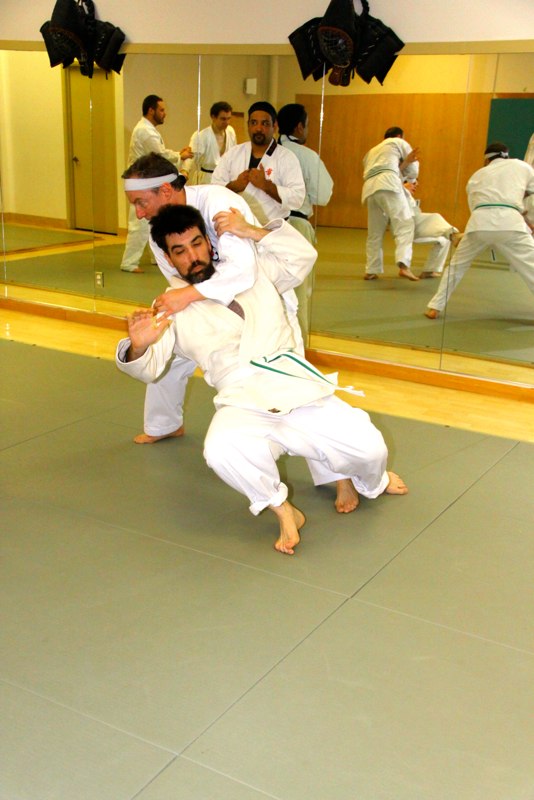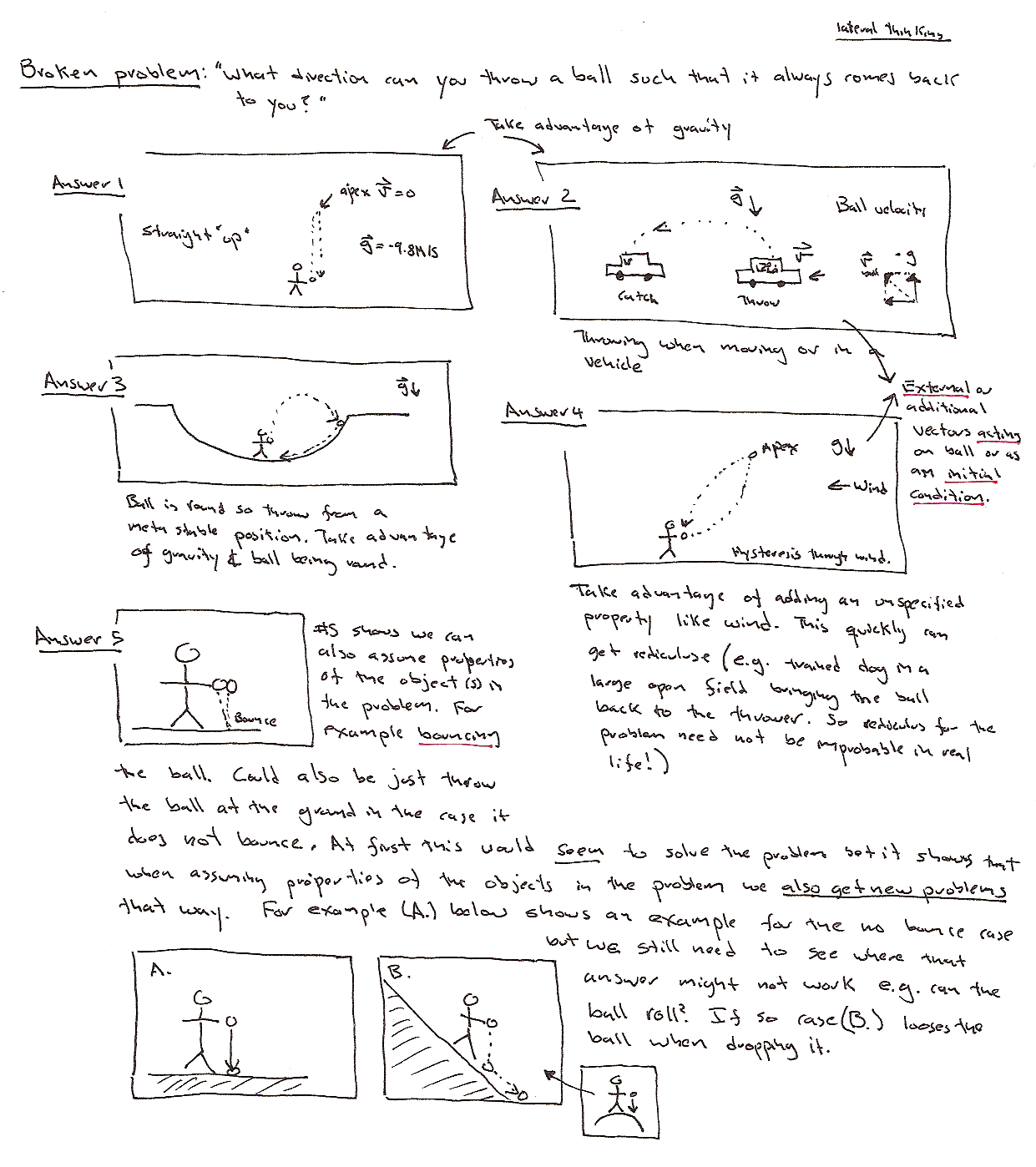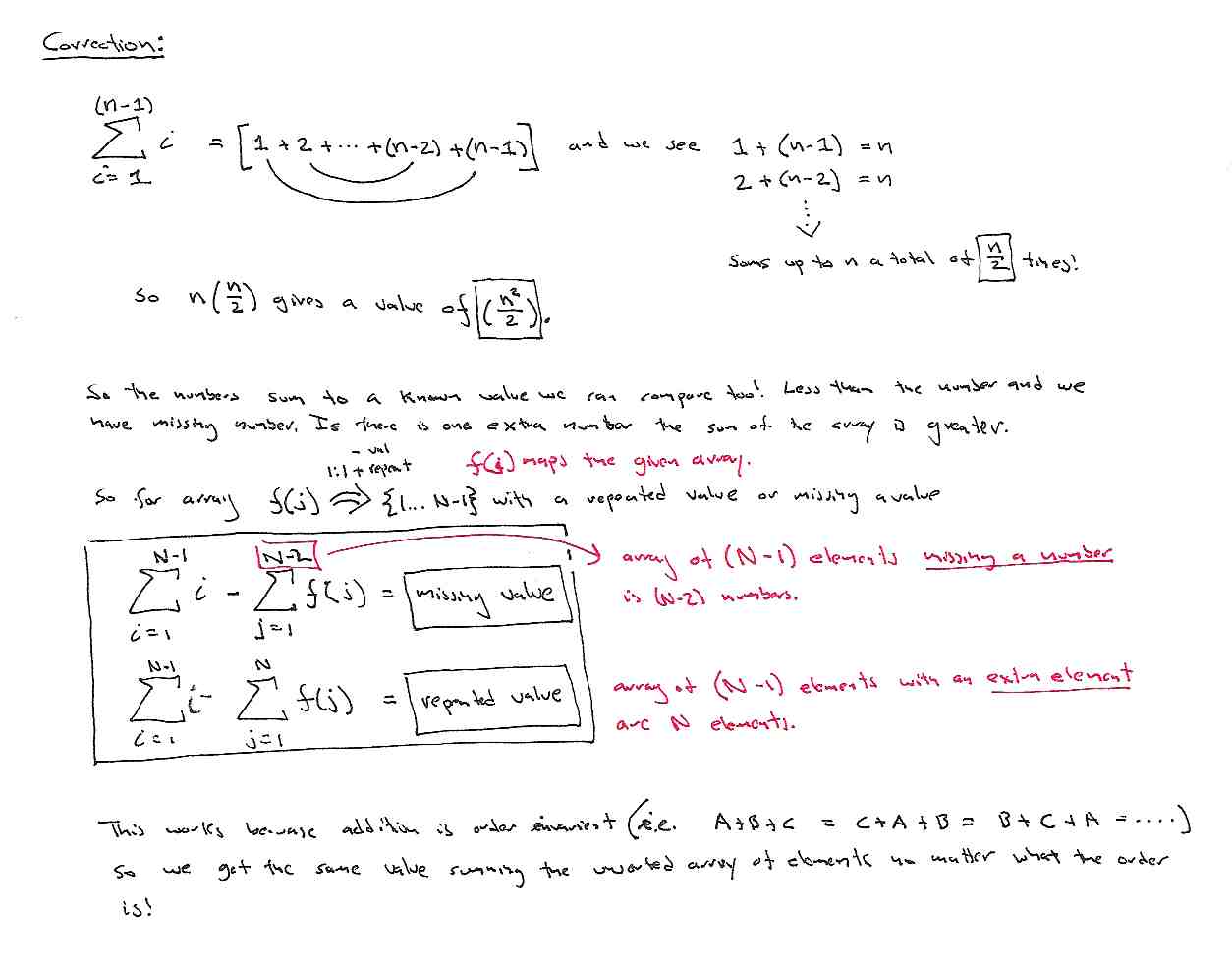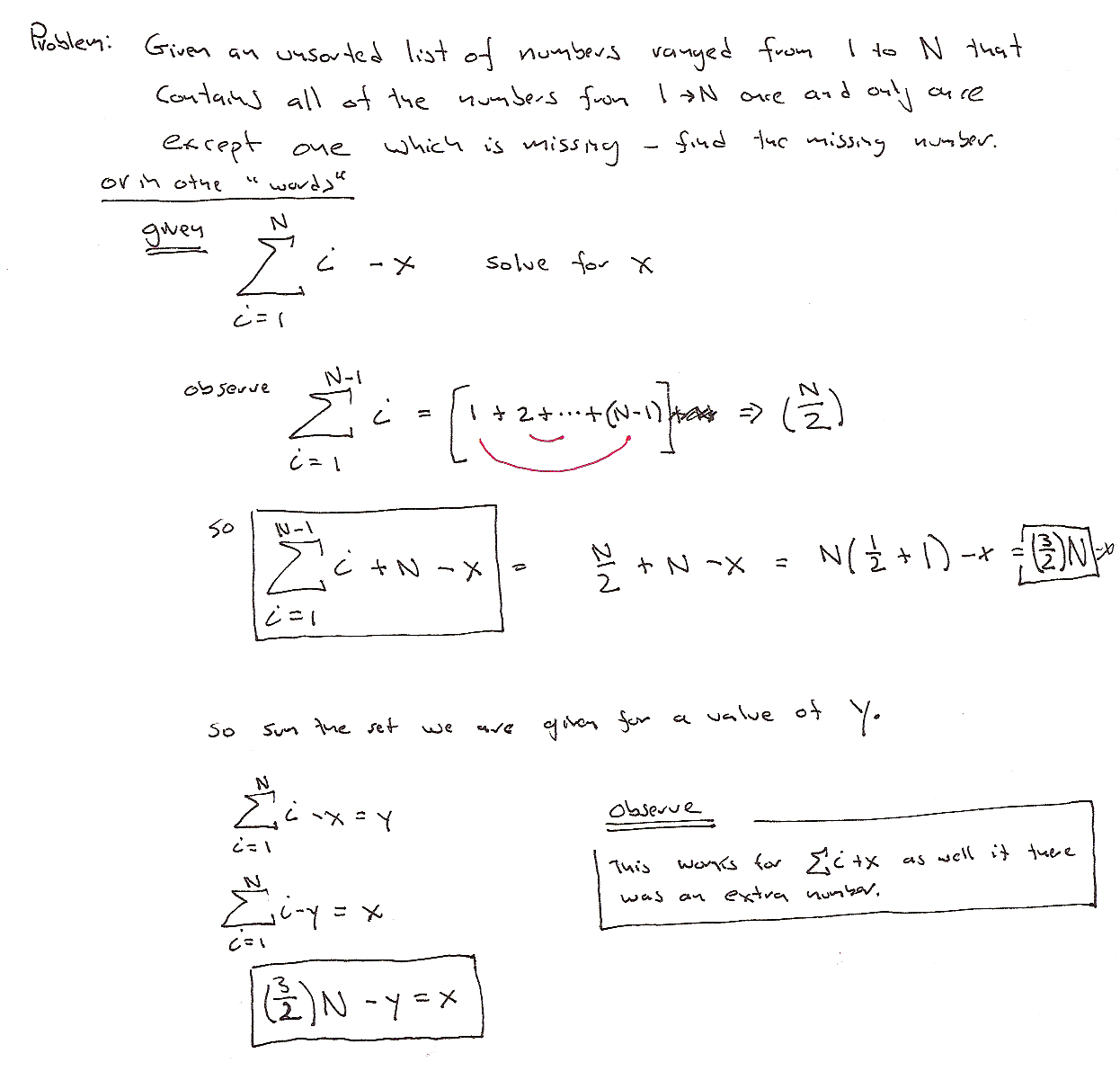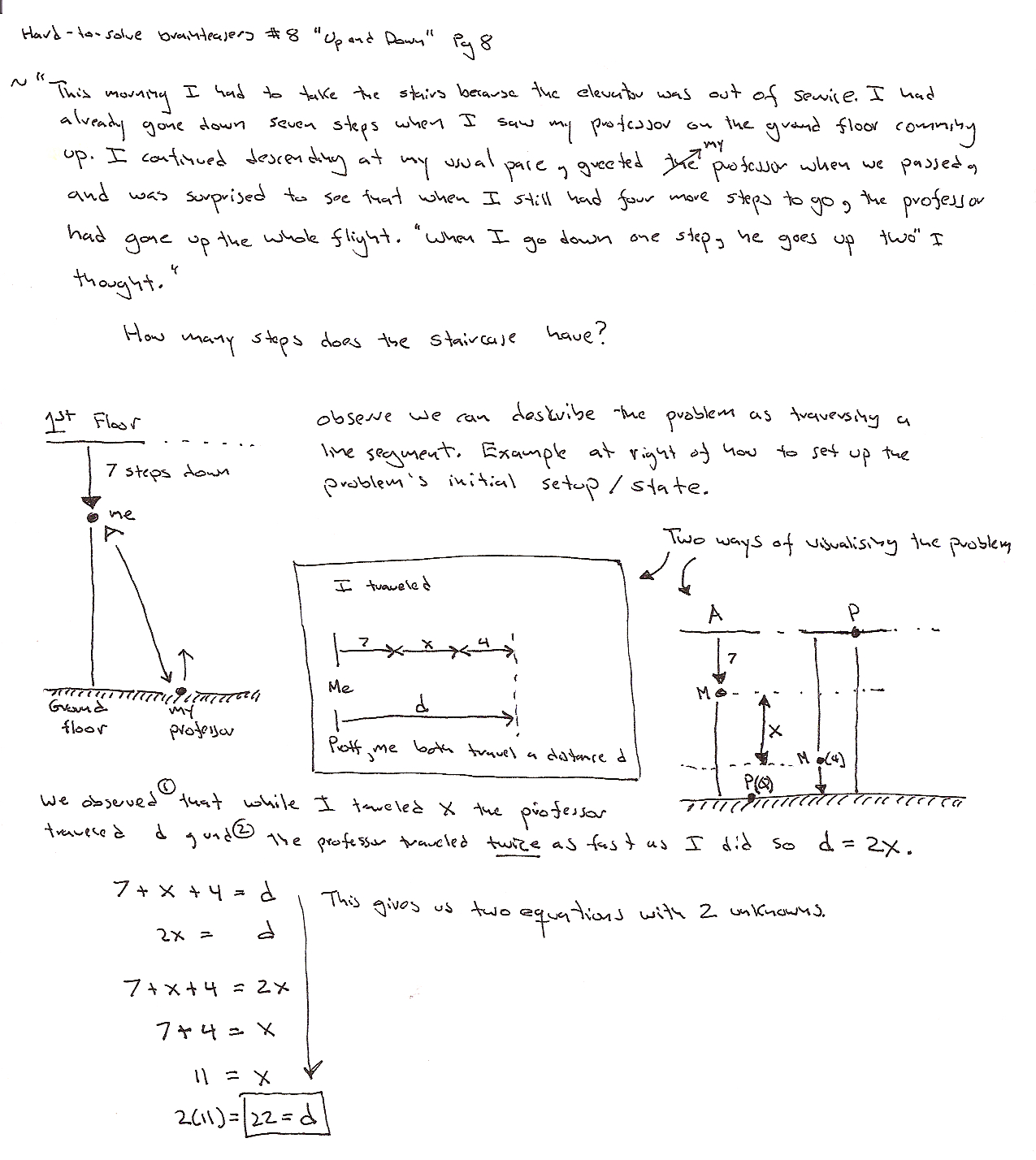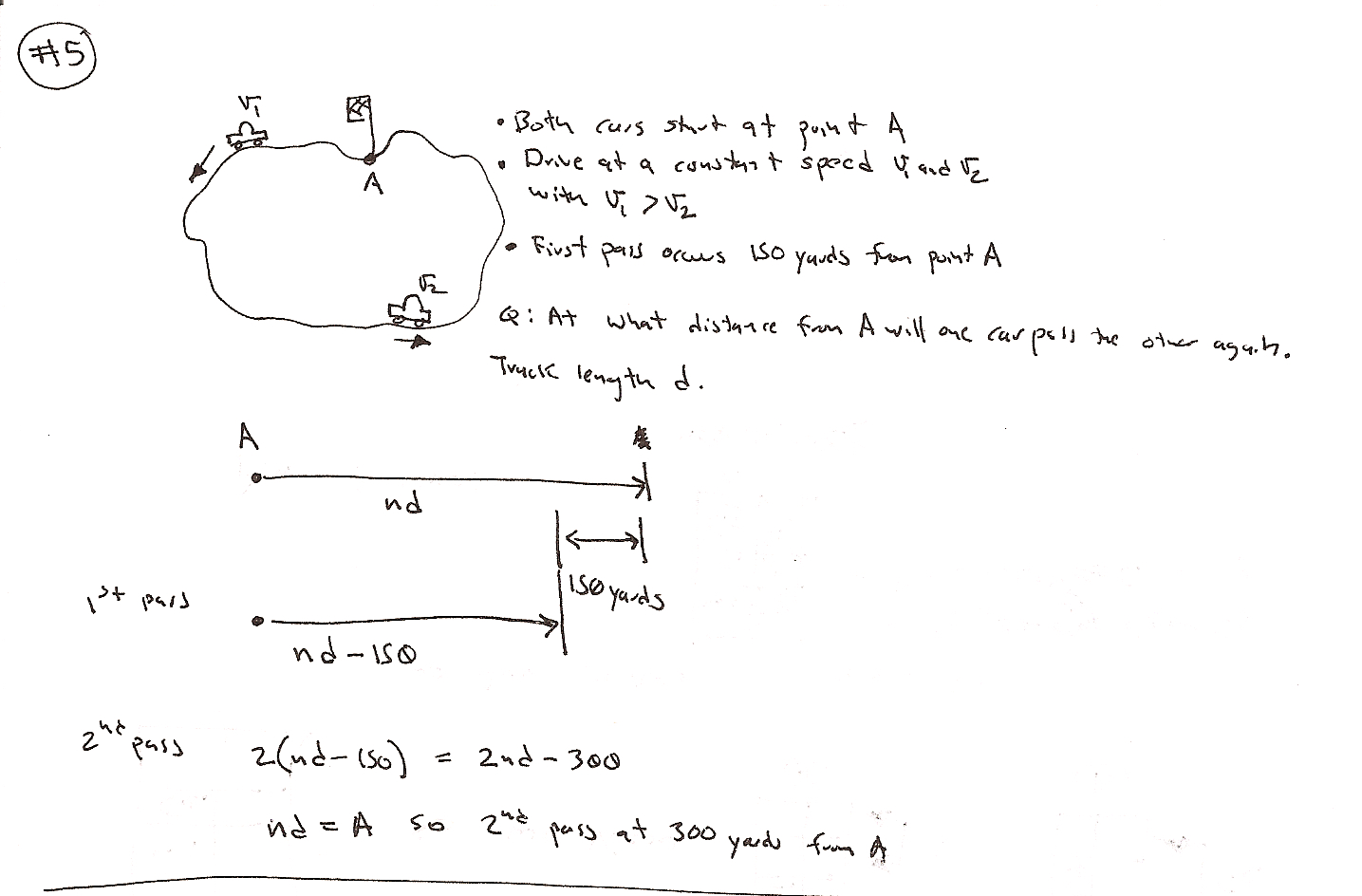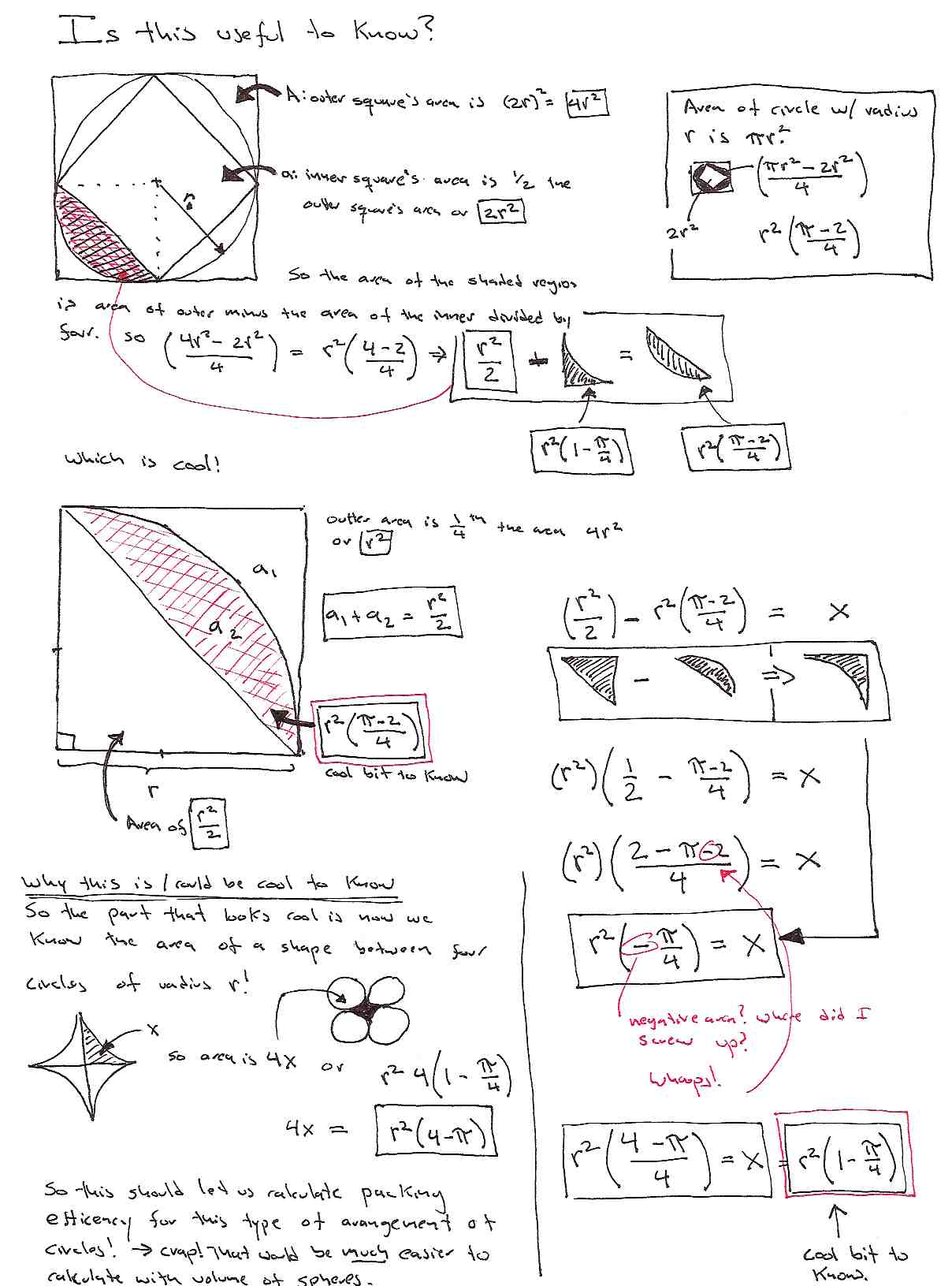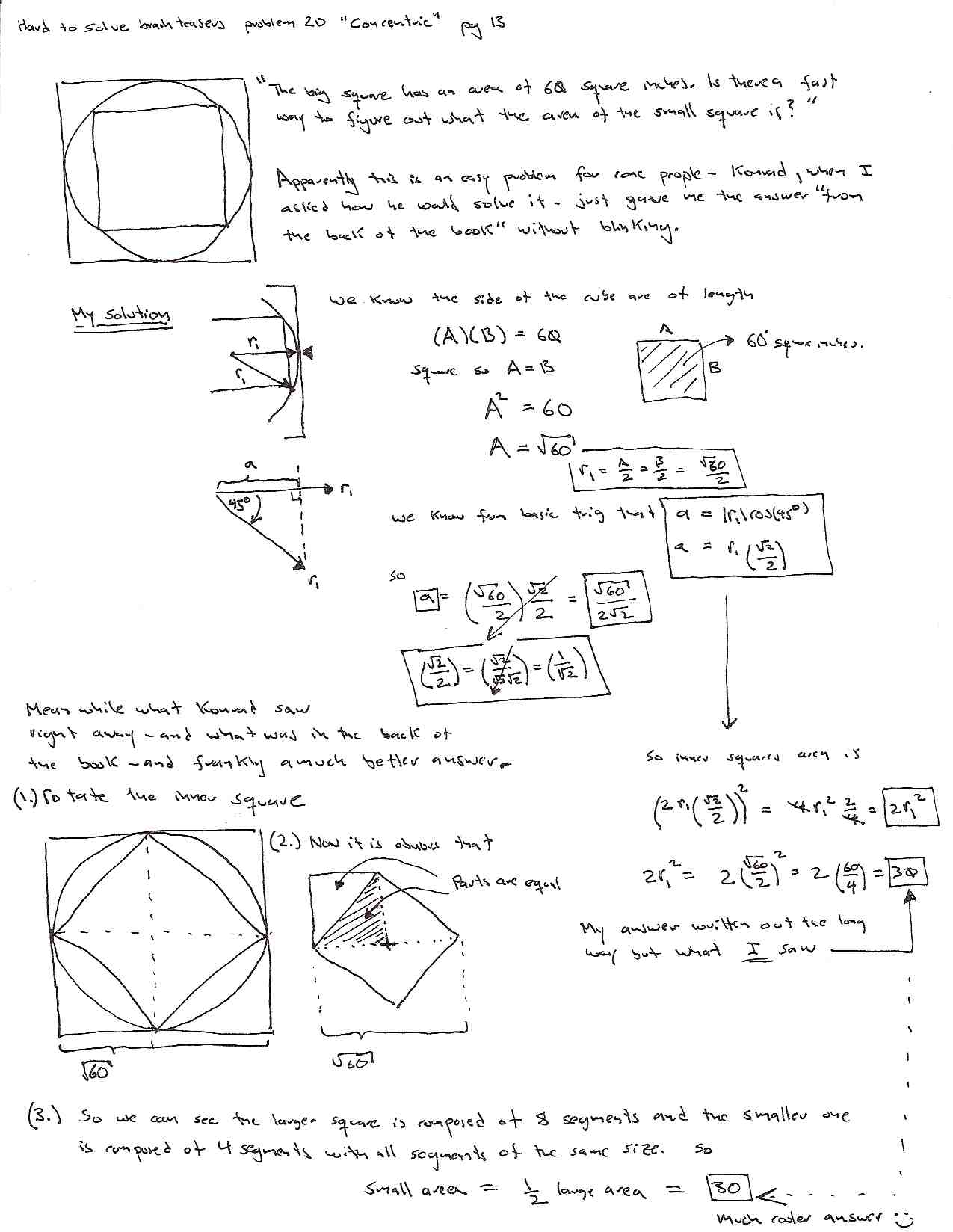So after two years I finally tested for my green belt. It probably didn’t hurt that somehow Sensai’s polite suggestion of “You should be at the test this saturday” had apparently become “Be at the test this saturday – or else”. Ok. I added the “or else” part but I think it was fairly implicit from his tone and the look. So, yeah, I made sure I was at the test. Apparently Mr Moran was walking arround taking pictures, and posted them online. Nice of him – but it was weird – he must have been invisible for most of the test becuase I hardly noticed he was there at all. Then again – I guess that is a requirement for a good photographer.
So first, Mr Koons is officially the worst dance partner ever!

On some of the throws he did work in a sweet joint lock on the elbow. I think it was an accident but I am going to certainly want to go back and look at that technique later when I have more control with my Karate.

- This picture made be immediatly go home and shave!
Oh, and the obligatory belt picture.
